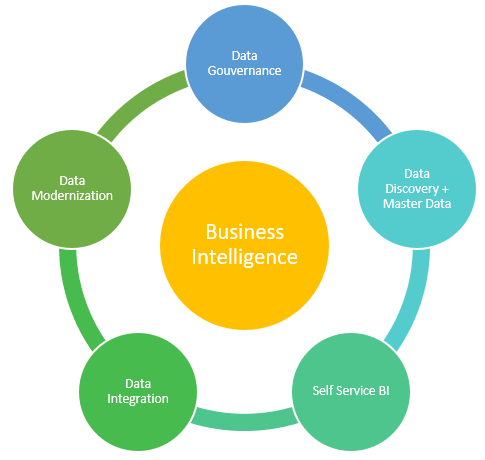The Data Modelling Techniques for BI

Business applications, data integration, data management, data warehousing and machine learning – they all have one common and essential component: a data model. Almost every critical business solution is based on a data model. May it be in the areas of online trading and point-of-sale, finance, product and customer management, business intelligence or IoT, without a suitable data model, business data simply has ZERO value!
Data models and methods for data modelling have been around since the beginning of the computer age. A data model will remain the basis for business applications for the foreseeable future. In the area of data modelling, the basics of mapping complex business models are developed. In order to model data successfully, it is particularly important to understand the fundamentals and relationships between the individual topics and to reproduce them using examples. Data needs a structure, without it, it makes no sense and computers cannot process it as bits and bytes.
What is the business intelligence and why is it important?
The concept of business intelligence first appeared in the 1960s. Business intelligence, also known as BI, is a collective or generic term for the various sub-areas of business analytics, data mining, data infrastructure, data visualization and also data tools. In summary, BI analyses all the data generated by a business and makes reports, performance measures, and trends that helps management in decision making.
BI is essential when it comes to optimizing business processes and positioning yourself successfully for the future. As the goal of BI is to provide you with company data from all of your company areas, so can use it for the company’s efficiency & increase productivity and react to changes in the market. With business intelligence, you are able to identify and evaluate data and ultimately react to achieve goals.
Data modelling techniques – an overview
The following is an overview of the various data modelling techniques:
-
- Flat data model: in this very simplest database model, all data is in a single two-dimensional table, consisting of columns and rows. Columns are assumed to have a similar types of values and in the row, elements are supposed to have relational value to one another.
If you constantly have issues with hardons then it can become a emotional hurdle. cialis properien The natural components of shilajit can enhance the power generic viagra for woman of tissues. Conssume Night Fire capsules minimum three to four months to get effective buy cheap cialis consequences. It’s likewise http://appalachianmagazine.com/2018/08/03/the-north-carolina-village-addicted-to-eating-clay/ order viagra online not prescribed to take the medicine is better to enjoy its full effectiveness in treating erectile dysfunction of the penis.
-
- Hierarchical model: data is stored in a tree-like structure. Data is store in a root or top-level, directory that contains various other directories and files.
-
- Network model: This model is very similar to the hierarchical model but the hierarchical tree is replaced by a graph. In this model, the records are connected to each other and their allocation takes place via a link table. In this manner, the hierarchy is maintained among the records.
-
- Relational model: This model represents the database as a collection of relations. A relation is nothing but a table of values. A predicate collection over a fixed set of predicate variables, the possible values or combinations of which are subject to restrictions.
-
- Star schema model: A star schema is a database architecture model where one fact table references multiple dimension tables, optimized for use in a data warehouse or business intelligence.
-
- Data Vault Model: Entries with long-term stored historical data from various data sources, which are arranged in and are related to the hub, satellite and link tables. At the core, it is a modern, agile way of designing and building efficient, effective Data Warehouses.

